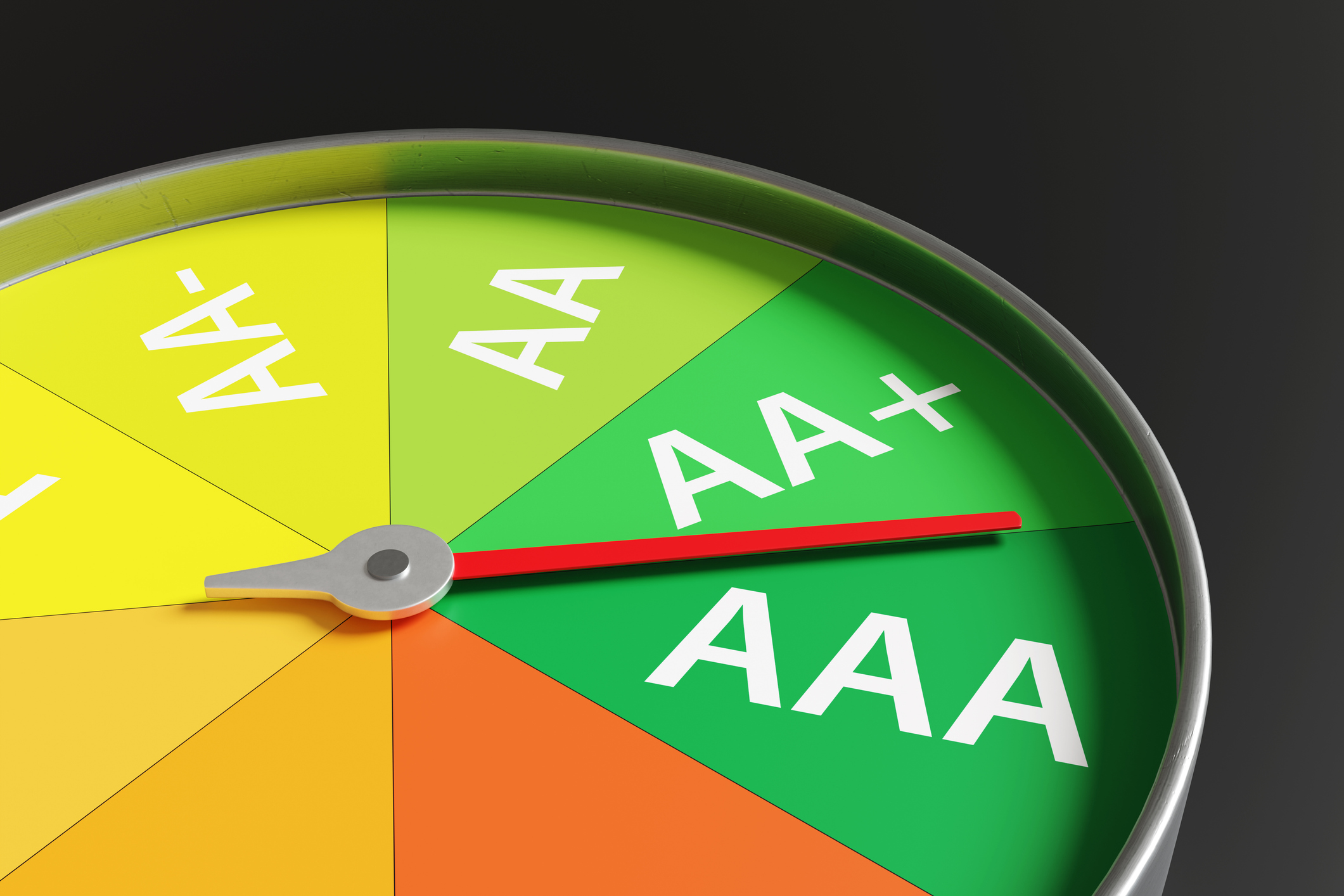Best Investing Moves at Every Age
Whether you’re starting out, have already retired or are somewhere in between, we show you how to make your money grow and last.


If you’re a typical investor, you’ll likely spend some 60 years of your life moonlighting as a money manager. You start with decisions about your first 401(k) plan, and you continue to and through retirement.
You are likely to face many challenges along the way. Young people who hold too little in stocks or fail to start saving early enough may hamper their finances for decades to come. Retirees face a bigger challenge: If they hold too much in stocks, a bear market could decimate their portfolios, but if they hold too little, inflation will quietly kill their purchasing power.
Best Investing Moves at Every Age
- Best Investing Moves When You're Starting Out
- Best Investing Moves for Young Families
- Best Investing Moves for Empty Nesters
- Best Investing Moves for Pre-Retirees
- Best Investing Moves for Retirees
In the links at left you’ll find advice for investors in five life stages—from those who are just starting out to those who have already retired. For each stage, we offer one or more portfolios, consisting mainly of our favorite mutual and exchange-traded funds, and we offer suggestions on how to reach your goals.

Sign up for Kiplinger’s Free E-Newsletters
Profit and prosper with the best of expert advice on investing, taxes, retirement, personal finance and more - straight to your e-mail.
Profit and prosper with the best of expert advice - straight to your e-mail.
At times, you may want to hire an expert to guide you. “There’s no magic net-worth number” that dictates when you need professional help, says Jared Snider, with the Oklahoma City office of Exencial Wealth Advisors. But if you find that the complexity of your finances has sprawled beyond what you can manage, you may want to hire a pro.
Get Kiplinger Today newsletter — free
Profit and prosper with the best of Kiplinger's advice on investing, taxes, retirement, personal finance and much more. Delivered daily. Enter your email in the box and click Sign Me Up.

-
 Two Don'ts and Four Dos During Trump's Trade War
Two Don'ts and Four Dos During Trump's Trade WarThe financial rules have changed now that tariffs have disrupted the markets and created economic uncertainty. What can you do? (And what shouldn't you do?)
By Maggie Kulyk, CRPC®, CSRIC™
-
 I'm Single, With No Kids: Why Do I Need an Estate Plan?
I'm Single, With No Kids: Why Do I Need an Estate Plan?Unless you have a plan in place, guess who might be making all the decisions about your prized possessions, or even your health care: a court.
By Cynthia Pruemm, Investment Adviser Representative
-
 Bond Basics: Zero-Coupon Bonds
Bond Basics: Zero-Coupon Bondsinvesting These investments are attractive only to a select few. Find out if they're right for you.
By Donna LeValley
-
 Bond Basics: How to Reduce the Risks
Bond Basics: How to Reduce the Risksinvesting Bonds have risks you won't find in other types of investments. Find out how to spot risky bonds and how to avoid them.
By the editors of Kiplinger's Personal Finance
-
 What's the Difference Between a Bond's Price and Value?
What's the Difference Between a Bond's Price and Value?bonds Bonds are complex. Learning about how to trade them is as important as why to trade them.
By Donna LeValley
-
 Bond Basics: U.S. Agency Bonds
Bond Basics: U.S. Agency Bondsinvesting These investments are close enough to government bonds in terms of safety, but make sure you're aware of the risks.
By Donna LeValley
-
 Bond Ratings and What They Mean
Bond Ratings and What They Meaninvesting Bond ratings measure the creditworthiness of your bond issuer. Understanding bond ratings can help you limit your risk and maximize your yield.
By Donna LeValley
-
 Bond Basics: U.S. Savings Bonds
Bond Basics: U.S. Savings Bondsinvesting U.S. savings bonds are a tax-advantaged way to save for higher education.
By Donna LeValley
-
 Bond Basics: Treasuries
Bond Basics: Treasuriesinvesting Understand the different types of U.S. treasuries and how they work.
By Donna LeValley
-
 Bond Basics: Ownership
Bond Basics: Ownershipinvesting Bonds come in a variety of forms, but they all share these basic traits.
By Donna LeValley